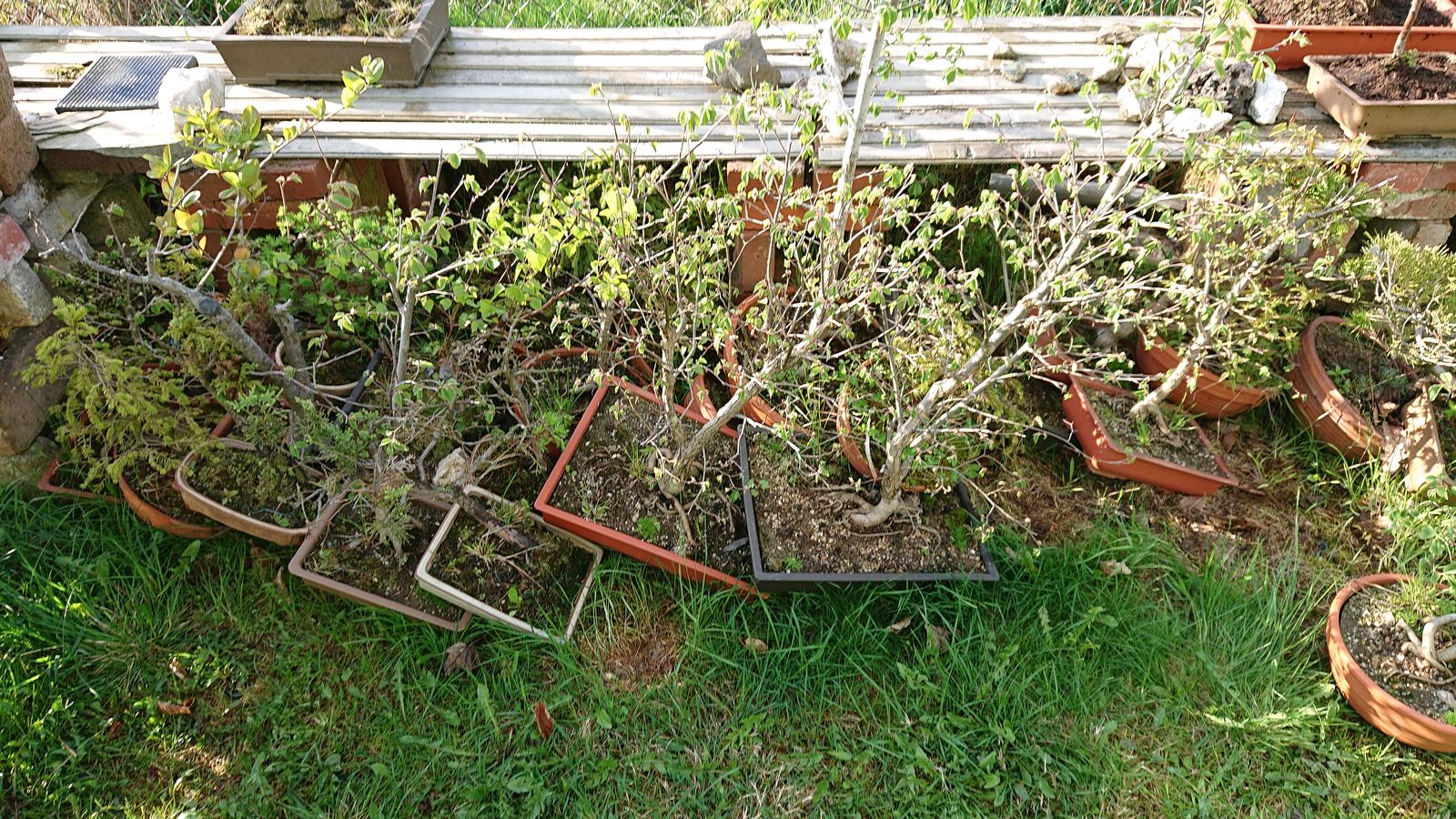Jack-in-the-pulpits are one of my favourite spring flowers and they won’t be around for much longer so I’m sharing while I still can. This has been an excellent year for them in our wee forest. They’re literally all over and many of them have grown to be a foot tall or more. Obviously, they like this year’s wet and dreary type of spring much more than I do.






















